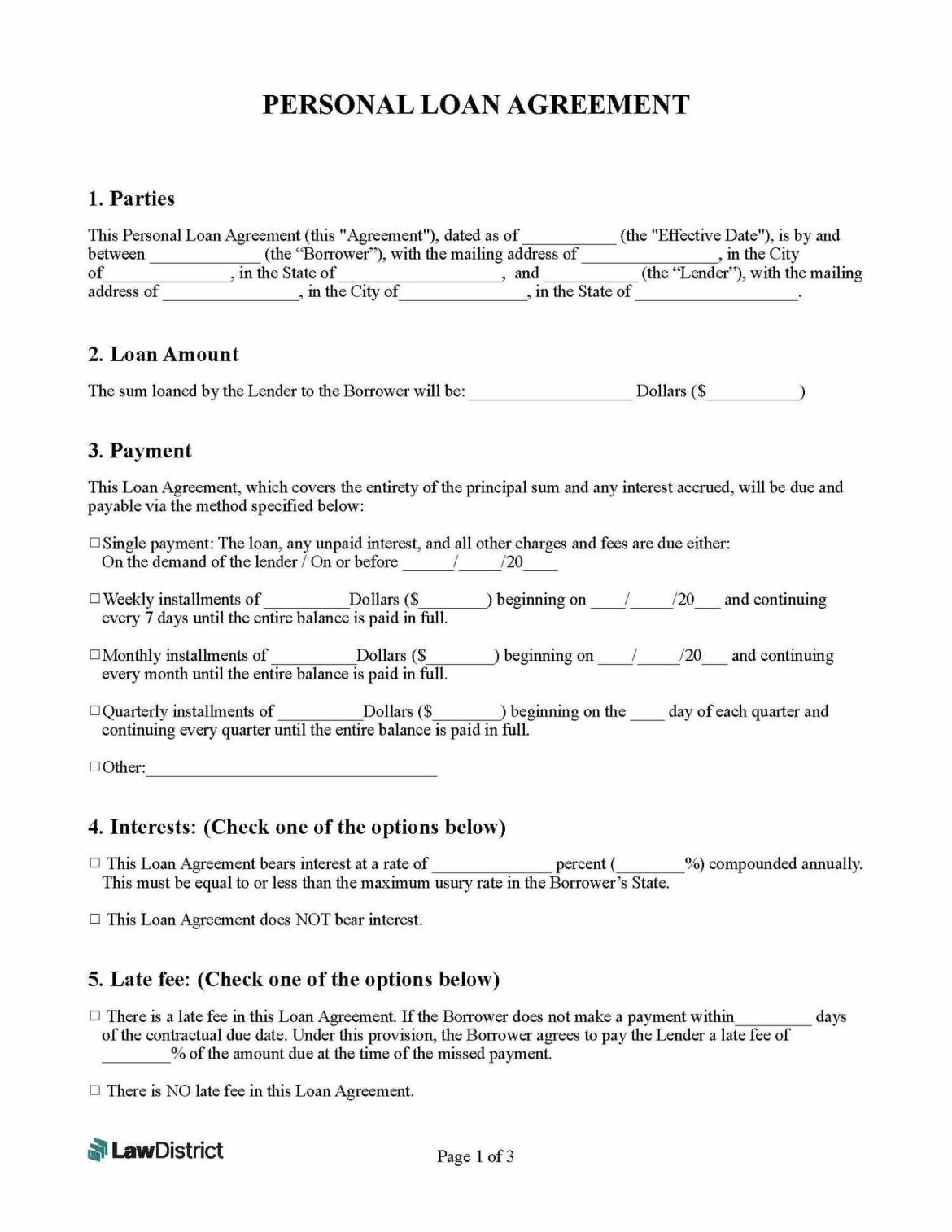Don’t Be a Penny Stock Trader: Five Tips For Dealing In the Stock Market
If you’re interested in the stock market but aren’t quite sure how to approach it, you need to know these five things before you try dealing in penny stocks. Penny stocks can be an exciting way to make money, but they also come with an increased risk of loss and are subject to more scams than most other kinds of investing options. Keep reading to find out how you can minimize these problems and maximize your profit potential!
Use Dollar Cost Averaging
One of the many ways you can invest in stocks is by using dollar cost averaging. This means that instead of investing your entire lump sum of money all at once, you break it up into chunks and invest it over time. The logic behind this strategy is that if you buy more shares when prices are low, then you’ll be able to buy even more shares when prices go back up. You also won’t have as much risk as someone who invests their entire sum because if one of the investments goes wrong, you still have a lot left over. With Dollar Cost Averaging, you’re hedging against volatility and getting your money invested without having to guess which way the market will turn next.
Get Familiar With Limiting Losses
One of the most important rules to follow when investing in stocks is to limit your losses. By limiting your losses, you are guaranteeing that you will not lose more money than you are willing or able to spend. This strategy can be effective in other aspects of life as well. Think about when you go grocery shopping- if you know how much money is going into it and how much money you have left, then this helps to keep yourself from overspending on things like candy bars and ice cream. It’s easy to let our eyes get bigger than our stomachs!
Use Stop-Loss Orders
A stop-loss order is an order to buy or sell a security when its price surpasses a certain level. This means that you’re setting yourself up for success by making sure you don’t lose too much of your original investment.
For example, if I have $10,000 invested in XYZ stock and I set my stop-loss at $9,000, then once XYZ hits $9,000 per share I automatically sell it. So if XYZ goes down past my stop-loss (in this case, $9,000) I’ll get out with just $1,000 in losses instead of the full $10,000.
You can also set a trailing stop-loss which means as soon as something drops below a specific percentage (like 10% below the current value) you would automatically sell it.
Take Full Advantage of Tax Breaks
In addition to capital gains, investors in stocks can also benefit from tax breaks that come from the IRS. The most beneficial of these is that any profits from the sale of shares are considered long-term capital gains and are taxed at a lower rate. This helps keep more money in your pocket. However, if you’re going to be actively trading stocks, it’s important to know what type of tax break you qualify for as well as when you need to pay taxes on your profits. If you make a profit of $1,000 or less per year, you’ll only have to pay short-term capital gains tax rates on that profit. Any profits over $1,000 will be considered long-term capital gains and will incur the same rates listed above. If your stock portfolio consists solely of shares that were bought and sold within 12 months, then those profits will incur short term capital gains taxes which would again be levied at the higher bracket.
Invest in a Quality Education
1. Invest in a quality education from reputable institutions.
2. Use an app to track your progress and stay on top of your investments
3. Know what you are investing in, and make sure that it’s something that you can put money into for at least 3-5 years without withdrawing or losing money. 4. Learn how to manage risk so that if things don’t go as planned, you’re not completely out of luck! 5. Finally, be patient and disciplined with your trades – this is where many traders lose their shirt!v










